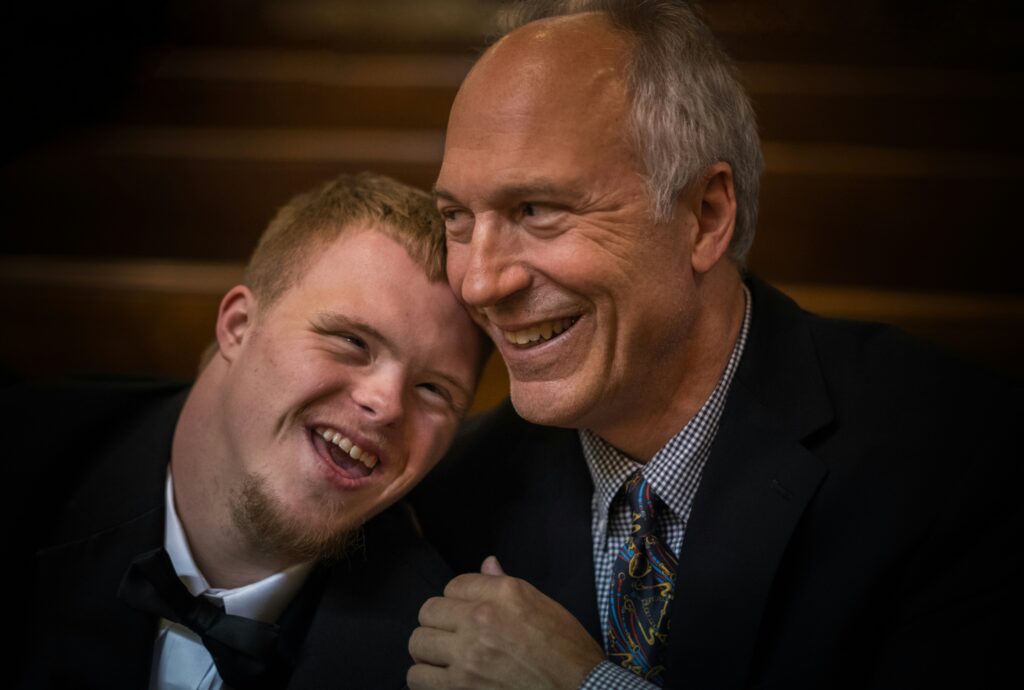
Early identification and intervention of developmental disabilities is crucial for the well-being of children. It is important to understand that every child is unique and progresses at their own pace. However, if a child displays marked problems or difficulties in one or more developmental areas, then they need special care and support. According to the World Health Organization (WHO), an estimated 1.3 billion people or 16% of the global population experience a significant disability 23. While In India, over 2.2% of the population endures some form of severe mental disability VeryWellMind.
What are Developmental Disabilities?
Developmental disabilities refer to a group of conditions that are present at birth and that impact intellectual abilities, physical abilities, language, and behavior. These disabilities are usually identified in childhood and affect a person throughout their lives. Examples of developmental disabilities include ADHD, autism, learning disabilities, cerebral palsy, etc. According to the Centers for Disease Control and Prevention (CDC), about 1 in 6 children in the United States had one or more developmental disabilities. The International Classification of Functioning, Disability and Health: Children and Youth Version (ICF-CY) defined disability as, “neither purely biological nor social but instead the interaction between health conditions, environmental and personal factors.” It described disability at three levels: an impairment in body function or structure, such as a cataract which prevents the passage of light and sensing of form, shape, and size of visual stimuli– a limitation in activity, such as the inability to read or move around: a restriction in participation, such as exclusion from school.Why is Early Identification and Intervention for Developmental Disabilities Important?
Early identification of children’s developmental delays or learning difficulties helps us understand and take the required steps to support the children and ensure their optimum development and learning. This early identification facilitates the use of intervention strategies to provide the required positive early experiences for children at risk of academic difficulties. The earlier developmental delays are detected and intervention begins, the greater the chance a young child has of achieving his or her best potential. Some developmental disabilities may show gender differences in prevalence. For example, ADHD is more commonly diagnosed in boys than girls (Medical News Today).How to Identify Early Development disabilities?
There are several strategies for early identification of developmental disabilities. These include:- Developmental Monitoring- This involves tracking a child’s growth and development over time. It can be done by parents, caregivers, or healthcare providers. Developmental monitoring can help identify children who may be at risk for developmental delays or disabilities.
- Developmental Screening- This is a brief test that can be done by a healthcare provider to determine if a child is developing properly. It can identify children who may need further evaluation.
- Diagnostic Evaluation- This is a more comprehensive assessment that can be done by a healthcare provider or specialist. It can determine if a child has a developmental disability and the extent of the disability.
Conclusion
It’s important to take steps for early intervention, there are multiple early intervention services that can include speech therapy, physical therapy, occupational therapy, and special education services and assistive technologies can help children with disabilities communicate, move around, and participate in activities with their peers.


